Water is not an infinite resource. It has no substitute. At present, there is a need for acknowledging this reality with certitude across the world. Globally, at present 2.3 billion people live in water-stressed countries, out of which 733 million people live in high or critically water-stressed countries.[1] In fact, it is estimated that by 2025 two-thirds of the world’s population may face water shortages. [2] The reasons leading to this crisis are rising population, rapid urbanization, industrialization, inadequate water governance system, poor or lack of water management system and a new stressor which is climate change. India, the second most populous country in the world is not excluded from this crisis as well. It stands at the 13th position of the world’s most water-stressed countries in the world according to the World Resource Institute.[3] Additionally, as per Niti Aayog, a think tank of the government of India, the country is facing the worst water crisis in its history. [4]
For a better understanding of the book and what it entails the author has divided it into two sections. The first section is described as Understanding which basically deals with the water crisis situation faced by the country at present. It gives basic and detailed information about every aspect of India’s water system which includes the monsoon season of India, the role of humans in exploiting the limited resource, water crisis in cities, green revolution and its impact on India’s water facets, to name a few. The second section of the book has been titled as Action. As the name suggests, this part of the book discusses at length about the measures which can be taken to avert the crisis. The section includes subjects such as the use of water technologies, valuing forests, sewage treatment, saving and conserving water within the individual space.
Overall, the book concentrates on the present state of water crisis situation of India, the reasons which have led to this crisis, and the solutions which can mitigate the crisis. Water management forms the crux of the book. Although India has started stressing on the importance of water and has made the subject of water governance a priority in its policies and decisions from 2014 onwards, it still needs to pay attention to a less explored yet a very important aspectof water management which is managing and conserving water within the individual capacity. Today, the most important facet of managing water is to acknowledge the fact that fresh water is limited. The author heavily advocates this argument in the book.
Once there is awareness of this issue, then one just doesn’t become water resilient and water secure but also innovative to deal with the crisis when it knocks on your doorstep. The author writes that “coming out of the crisis requires a change in mindset, a different way of looking at the world, and recognizing and respecting India’s water facets. As with all changes, this one too begins at home.”
A chapter in the book titled ‘Our Story’ is entirely dedicated to the author’s experience of dealing with water crisis situation in her hometown of Madurai in 2013. What and how the author dealt with the crisis is very similar to the approach taken by the citizens of Cape Town of South Africa who faced the worst water crisis in its history in 2018. The author resorted to water management devices, fixing float valve in water tank, reducing pressure of water in taps, reuse of rejected water, and revival of rainwater harvesting system in the house. This brought their consumption significantly down. This chapter of the book stands out as it has lessons to offer for the people of India. It becomes even more significant as there are ample of books describing the situation of water crisis in India, however, there are only a handful of books which highlight as well as get into the details of this aspect of water management.
Another point of the book which needs to be highlighted is that it lays a lot of emphasis on historical water management system of India. It draws in lessons which can be learnt from Patliputra, the capital city of the Mauryas. It is argued that Chanakya, the author of Arthashastra considered three aspects of water such as ownership, pricing, and building and maintenance to be of particular importance when it came to managing water. Interestingly enough, the author argues that countries like Israel and Singapore appear to have taken Chanakya’s message to heart, while India seems to have forgotten his advice. The author writes that “Ancient India’s water infrastructure, like tanks and anicuts were highly effective because they worked with facets of India’s water, like seasonality and inter-annual variation, rather than trying to control them. Today, in all of India, despite sinking tens of thousands of crores into irrigation, we fail to get water to our smallest farmers.” The author further highlights that the ancient Indians understood all too well their volatile waters. They built their cities near a relatively permanent water source, invested in water storage and grew crops in keeping with local water availability. All these arguments relay the message that this finite resource needs to be respected in a similar way it was in the past. Additionally, the country is in need of incorporating the above ideas in its water management system as highlighted by the author.
Sewage treatment is a sector where India is argued to be lagging behind. Taking this argument forward the author stresses that treating sewages can create a powerful ally for boosting India’s water resilience. In fact, the author states that treated sewage is a source of water available at one’s doorstep, overcoming the geographical variation of India’s water and yet we fail to unlock the power embedded in our sewage.
This book simply does not discuss about the current water crisis which India is facing but also gives solutions keeping the present circumstances in mind. It takes you to a journey of getting a deeper understanding about India’s water which is variable and volatile. The fact that the present government has made water governance one of its main priorities in its policies and decisions indicates that there has been an acknowledgement of the fact that freshwater is not limited. This is a positive step towards drawing the country out of the crisis situation. However, today the responsibility to conserve and manage water does not lie with the government alone. The larger message which the book tries to give is that the responsibility to nurture water lies with each and every individual using it. The time has come to become accountable for the damage that has been done to this limited resource by us. The one area which the author could focus more on would be to include more maps for the better understanding of India’s water system. Another aspect which the author could have probably covered more would be the various policies, key decisions, schemes, and programmes introduced by the present government in order to make India water secure. From 2014 onwards, India has gained a momentum in making the subject of water a priority. However, it climbed a step further from 2019 onwards when the government introduced various flagship programs such as the Jal Jeevan Mission, Jal Shakti Abhiyan, Model Groundwater Sustainable Bill (2017), Atal Bhujal Yojana to name a few. While the author has touched upon few programs and projects such as the Namami Gange Project, the interlinking of rivers, Jal Jeevan Mission, Swachh Bharat Mission, and PM-KISAN initiative, a detailed analysis of these programmes along with the inclusion of other important steps could have enhanced the knowledge of the readers further. To inform the readers as to how far India has come in terms of its water management and water governance system especially since 2014 onwards could have been a great addition to the already informative book.
For those eager to learn about India’s water facets, what went wrong and how can we, the people of this country, can contribute to mitigate the crisis, this book is a must read.

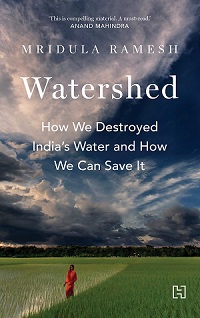


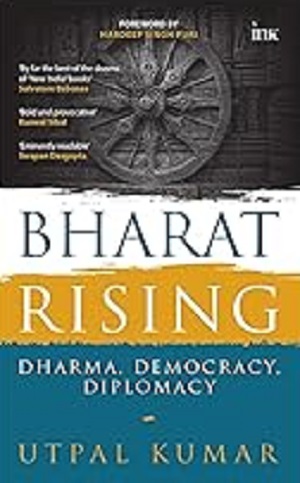
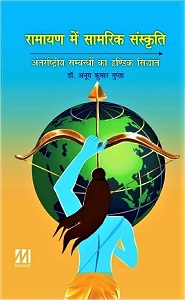
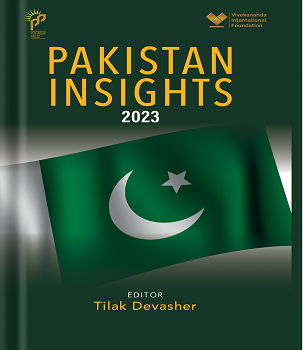
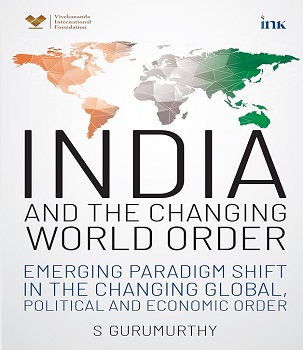
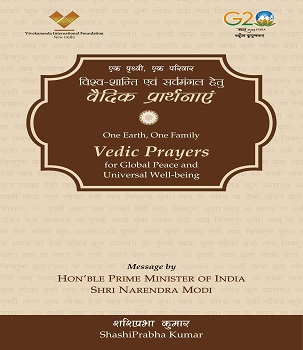
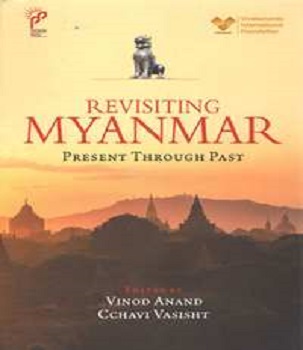
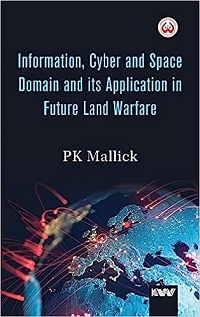
Post new comment